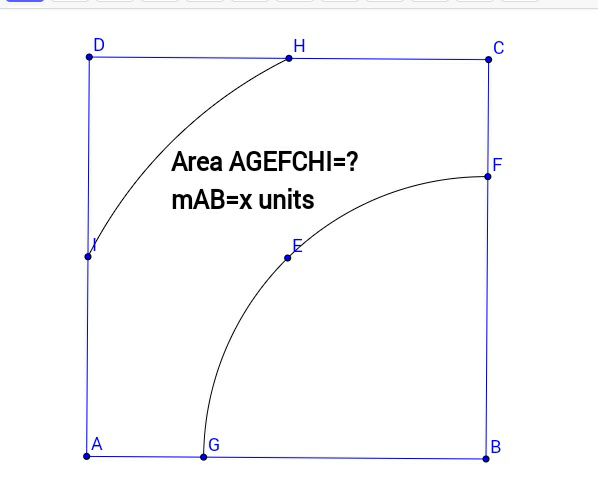
Question and Answers Forum
AllQuestion and Answers: Page 1960


Pg 1955 Pg 1956 Pg 1957 Pg 1958 Pg 1959 Pg 1960 Pg 1961 Pg 1962 Pg 1963 Pg 1964
|
Question and Answers Forum |
AllQuestion and Answers: Page 1960 |
| ∫(√(ln(sinx)dx)) |
| ∫x^x dx |
| Integrate [1 + (tanx)^a ]^(−1) dx For 0 < x < Π/2 |
| Solve the system of following equations a^3 −bcd=−32 b^3 −acd=−79 c^3 −abd=109 d^3 −abc=502 |
| ∫_0 ^(100) E(x)dx=? |
| ∫(x/(x^3 +x+2))dx =? |
| Solve the system of equation x^2 − yz = − 52 .............. (i) y^2 − xz = − 6 ................ (ii) z^2 − xy = 86 .............. (iii) |
| ∫_0 ^∞ e^(−st) sinh atdt=? or... −(1/s)[e^(−st) sinh at]_0 ^∞ =? −(a/s^2 )[e^(−st) coth at]_0 ^∞ =? |
| A party of 7 members is to be chosen from a group of 6 ladies and 5 gents. In how many ways can the party be formed if it is to contain (i) exactly 4 ladies (i) at least 4 ladies (i) at most 4 ladies ? |
| log^2 x+logx^2 −3=0 , x=? |
| Determine the value of sin ((Π/3)+p)cos ((Π/6)+p)−cos ((Π/3)+p)sin ((Π/6)+p) |
| show that sin 64^(° ) ×cos 26^° + cos 64^(° ) × sin 26^° =1 |

|
| Find the solution of the differential equation (y − x + 1)dy − (y + x + 2)dx = 0 |
| Given the terms a_k and a_(k + r ) of an A.P find a_1 and a_(k + r) in terms of a_(k ) and a_(k + r) |
| SHARING: Martin Gardner (famous mathematician) found a way to write his name so that it can also be read upside down. See the comment below |
| sin(a)=sin(−a) For what values of a is the statement true? |

|
| ln(x)+x=a x=? |
| Determine distance between opposite corners of a cubic room of dimention x units. |
| 4^x = 2x find x |
| Find the locus in the complex plain such that arg ((z/(z + 2))) = (Π/2) please help. |
| The number of positive integral pairs satisfying the equation tan^(−1) a + tan^(−1) b = tan^(−1) 3 is |
| Can you solve the indefinite integral: ∫e^(−u) u^n du |
| Can you please show me how to solve: L=lim_(n→∞) (x^n /(n!)) |
| x^x =e^(xln x) e^x =1+x+(x^2 /(2!))+(x^3 /(3!))+... ∴ e^(xln x) = 1+xln(x)+(((xln x)^2 )/(2!))+... e^(xln x) = (((xln x)^0 )/(0!))+(((xln x)^1 )/(1!))+(((xln x)^2 )/(2!))+... x^x =e^(xln x) =Σ_(n=0) ^∞ ((x^n (ln x)^n )/(n!)) Question: ∫_0 ^( 1) x^x dx=Σ_(i=0) ^∞ ∫_0 ^1 ((x^n (ln x)^n )/(n!))dx by substituting: x=exp(−(u/(n+1))), 0<u<∞ show that: ∫_0 ^( 1) x^n (ln x)^n =(−1)^n (n+1)^(−(n+1)) ∫_0 ^( ∞) u^n e^(−u) du |
Pg 1955 Pg 1956 Pg 1957 Pg 1958 Pg 1959 Pg 1960 Pg 1961 Pg 1962 Pg 1963 Pg 1964 |